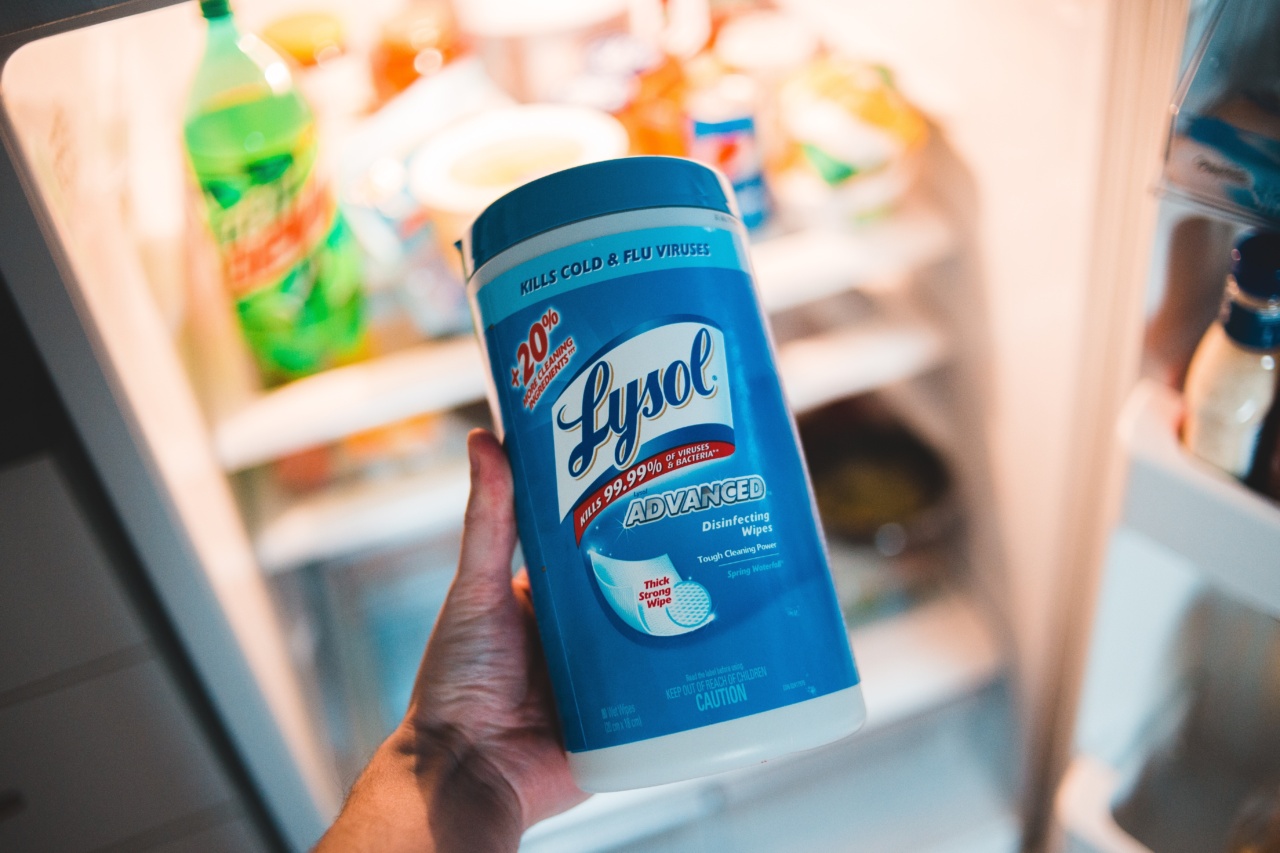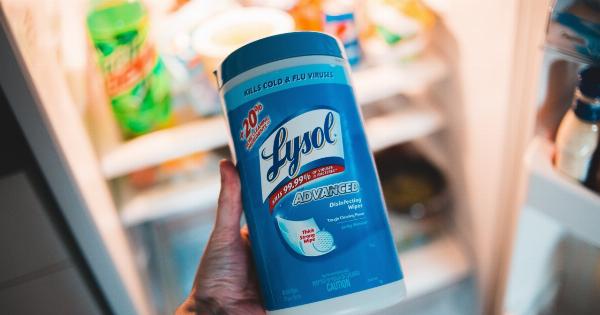In recent years, there has been a growing concern about the safety and efficacy of certain antibacterial ingredients used in various personal care products, such as soaps, hand sanitizers, and cleaning agents.
One ingredient, in particular, has caught the attention of scientists and health professionals due to its potential link to Staphylococcus aureus (staph) infections. This antibacterial ingredient is known as triclosan.
What is Triclosan?
Triclosan is a synthetic antibacterial compound that has been widely used in personal care products for more than 40 years. It was initially introduced in the market to prevent the spread of harmful bacteria and reduce the risk of infections.
Triclosan is effective against a wide range of bacteria and some fungi, making it a popular choice for manufacturers.
The Rise of Antibacterial Products
In recent decades, there has been a significant increase in the production and use of antibacterial products. Consumers have been led to believe that these products provide superior protection against harmful bacteria and infectious diseases.
As a result, antibacterial soaps, hand sanitizers, and cleaning agents containing triclosan have flooded the market.
Controversy Surrounding Triclosan
Despite its widespread use, triclosan has been the subject of controversy and debate among scientists, researchers, and regulatory agencies.
Studies have indicated that long-term exposure to triclosan may have adverse effects on human health and the environment.
The Link to Staph Infections
One of the most alarming findings is the potential link between triclosan and Staphylococcus aureus (staph) infections. Staphylococcus aureus is a type of bacteria commonly found on the skin and in the nose.
While it can exist harmlessly in some individuals, it can also cause severe infections, ranging from skin infections to life-threatening conditions.
Understanding the Mechanism
Scientists have discovered that triclosan, when used in low concentrations, may promote the growth and spread of antibiotic-resistant strains of Staphylococcus aureus.
This phenomenon occurs because triclosan targets both harmful and beneficial bacteria, which disrupts the natural balance of the skin microbiota. As a result, the surviving bacteria become more resistant to antibiotics, making them harder to treat.
Research and Findings
Several studies have provided evidence supporting the link between triclosan and staph infections.
For example, a study published in the journal mSphere found an increase in triclosan-resistant staph strains in participants who regularly used triclosan-containing soaps compared to those who did not use such products.
Furthermore, a study published in the journal Antimicrobial Agents and Chemotherapy revealed that triclosan exposure was associated with an increased risk of nasal colonization by staph bacteria.
The study suggested that repeated exposure to triclosan may lead to a shift in the nasal microbiota, favoring the growth of staph bacteria.
Regulatory Response and Bans
Due to the growing concerns surrounding triclosan, regulatory agencies around the world have taken action to restrict its use. In 2016, the U.S.
Food and Drug Administration (FDA) banned the use of triclosan and several other antibacterial ingredients in over-the-counter hand soaps, citing the lack of evidence for their safety and effectiveness. However, triclosan is still allowed in other personal care products, such as toothpastes and deodorants.
In addition to the FDA ban, the European Union has also imposed restrictions on triclosan. The ingredient is banned in cosmetic products in concentrations above 0.3%.
Moreover, several countries, including Canada, Japan, and South Korea, have implemented similar regulations or guidelines to limit the use of triclosan.
Choosing Safer Alternatives
Given the potential risks associated with triclosan, it is advisable to opt for products that do not contain this antibacterial ingredient.
Look for soaps, hand sanitizers, and cleaning agents that use safer alternatives, such as alcohol or plant-based ingredients, for their antibacterial properties. It is always important to read product labels and choose products that have been tested for their safety and effectiveness.
The Importance of Proper Hand Hygiene
While antibacterial products may offer a sense of security, it is crucial to remember that proper hand hygiene plays a critical role in preventing the spread of infections.
Washing hands with plain soap and water for at least 20 seconds is considered the most effective way to remove dirt, germs, and bacteria. In situations where soap and water are not available, alcohol-based hand sanitizers with at least 60% alcohol can be used as an alternative.
Conclusion
Triclosan, a commonly used antibacterial ingredient, has been linked to the growth and spread of antibiotic-resistant staph bacteria.
The potential risks associated with triclosan have prompted regulatory agencies to take action and impose restrictions on its use. To minimize exposure, consumers are urged to choose products without triclosan and prioritize proper hand hygiene as the primary defense against infections.




























